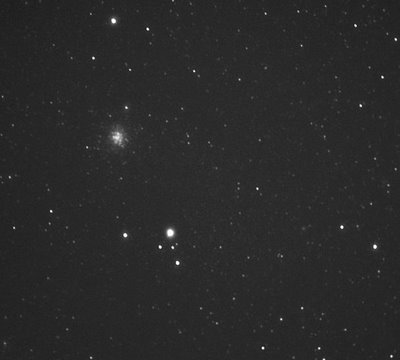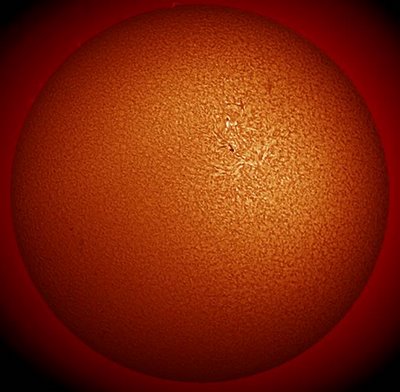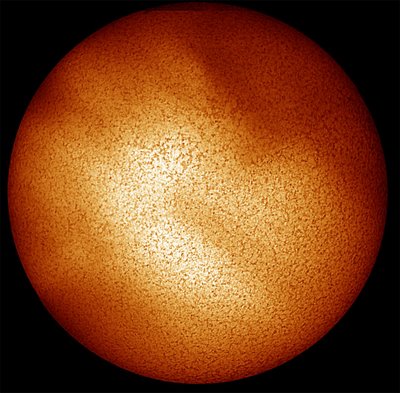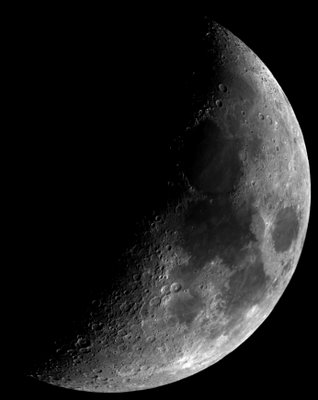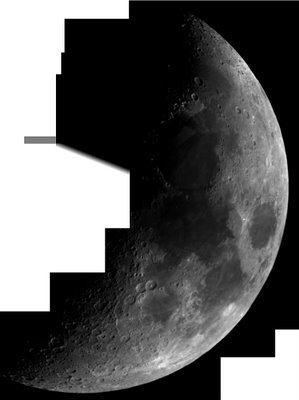Belows are mostly identified after the session, the M8 could be M20? Is that M6 really M6? Only the M17 is really M17... haha...
Target 1 (M25?): 4.524s * 100 medium gain - clip 1
Target 2 (M8): 7.493 * 60 medium gain - clip 2
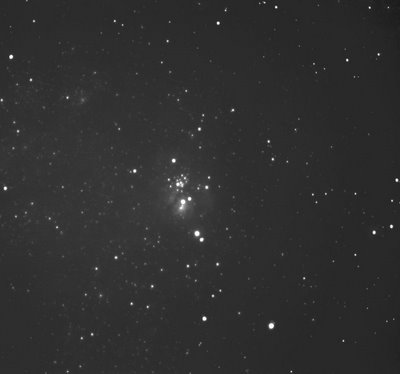
Target 3 (M6?): 2.732s * 50 medium gain - clip 3
Quick and dirty processing on spot:-

Re-processed, this one was getting very low (just above the buildings in front of me), so the noise is pretty serious:-
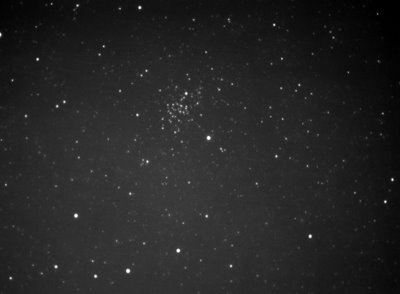
Target 4 (??): Unknown target - clip 4
In this session, I scanned around with a 8mm lens, stop when I saw non-stellar faint fuzzy, and then I centered it and use my 75mm lens to zoom in, so I would stop by unknown target, this one is probably a big open cluster or just a star rich region of the milkyway?
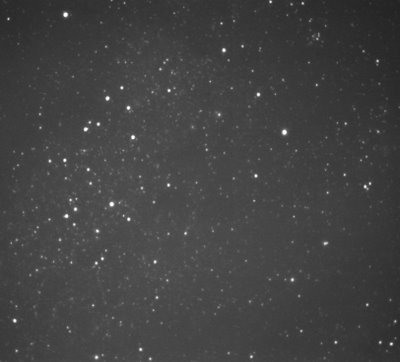
Target 5 (M17):
5.132s * 60 medium gain - clip 5

12.409s * 30 low gain - clip 6
Quick and dirty on-spot processing:-
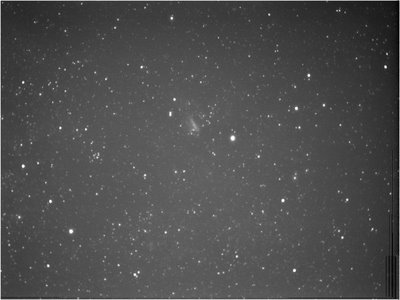
Reprocessed version:-
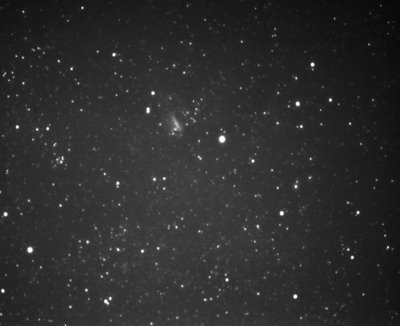
Finally, here's a M17 combined by the two above:

Remarks:
I found that I can push the exposure time a bit longer, but I was held back by the sky glow, however, the histogram from the stacked images told me that I could go further to gather more signal actually.
These series of images told me that, for urban indoor setting, maximum exposure time (30s only) of the DMK is enough to play with, by going longer the frame is going to white out. However, by using narrow band filters, I guess longer exposure time is needed and it would be far more effective.
For lazy guy like me, this is probably I'd enjoy, however. Very rough polar alignment is what I need, a compass is not even used. :-)

